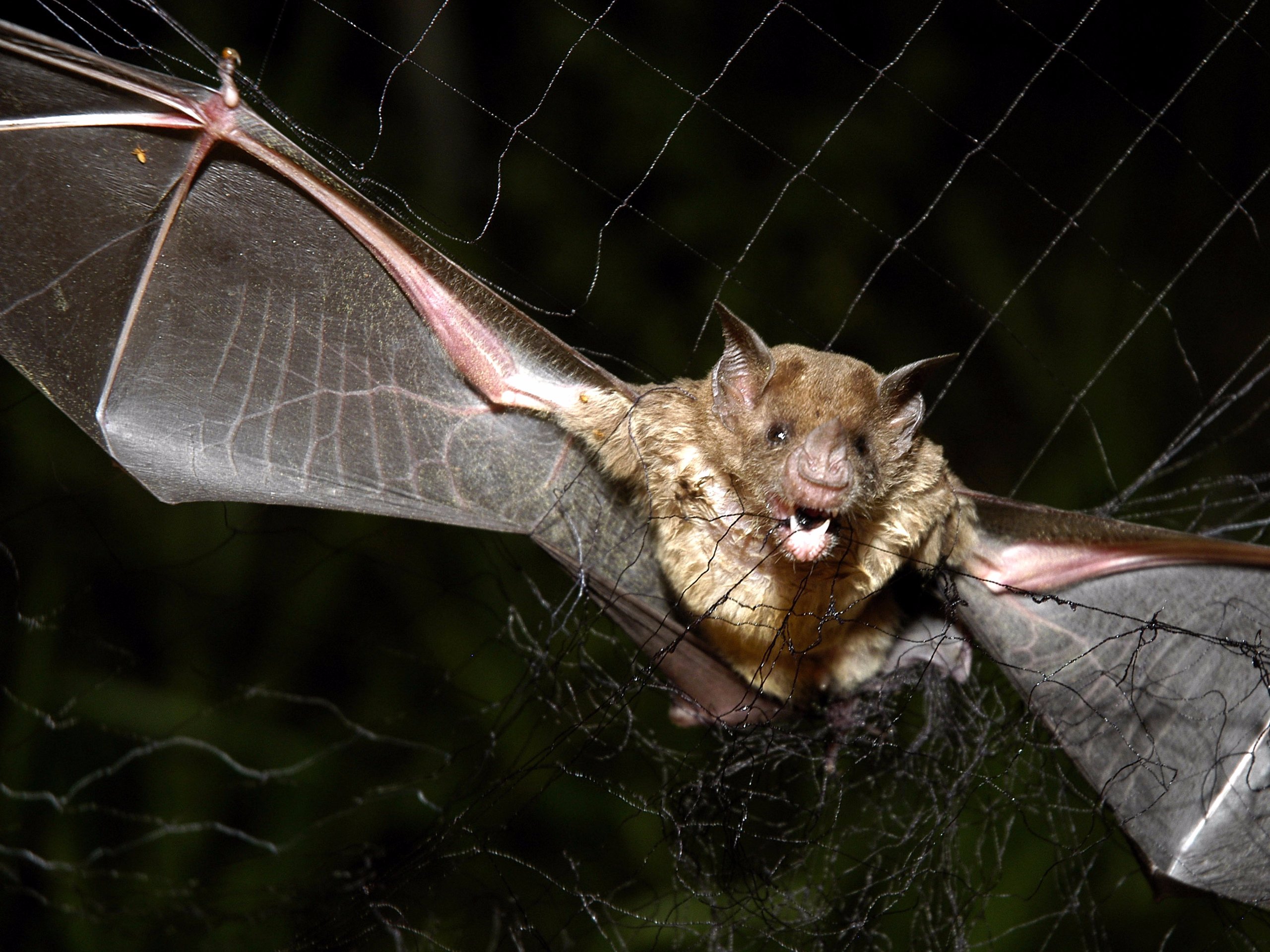Vampire Bats
The vampire bats are the only mammals in the world that live on blood alone, and the unique challenges of that diet make them some of the most specialized, fascinating and downright weird animals that nature has to offer.

For many centuries now, Bats are firmly rooted in Western vampire lore. Blood drinking creatures though only three species, out of some 1100 in the order Chiroptera.
The common vampire feeds primarily on the blood of mammals. Ranging from tapirs to horses to the occasional human and seems to have a preference for livestock animals. The hairy-legged vampire, lives almost exclusively on bird blood. While the white-winged vampire is more versatile and drinks from both birds and mammals.
Evolution of Blood Drinking Habit of Vampire Bats
Bats can drink up to half its weight in blood a day. while some dine on fruit, nectar or insects. A protein in the bats’ saliva called a plasminogen prevents the blood from clotting and keeps it flowing freely.
Blood is low in nutrients and can harbour deadly viruses. The researchers say the bat’s gut microbes are also distinct. They found evidence of more than 280 types of bacteria in the bat’s droppings that would have made most other mammals unwell.
The data suggests that there is a close evolutionary relationship between the gut microbiome and the genome of the vampire bat for adaptation to sanguivory (feeding exclusively on blood),
Vampire bats have key differences in genes involved in immunity and food metabolism compared with other bats. International researchers analysed both the genome of the vampire bat and its microbiol the microorganisms that live inside the gut.
Research Ongoing
These were found in areas involved in immune response, viral defense, and both lipid and vitamin metabolism, suggesting they have played a key role in the evolution of the bat’s specialized diet. The microbiol of vampire bats is completely distinct from that of nectar-feeding, fruit-eating, and meat-eating bats.
The researchers argue that microorganisms in the bat’s gut may have evolved alongside changes in the genome. Adaptation to specialized diets often requires modifications at both genomic and microbiol levels,” they say in the journal, Nature Ecology and Evolution.
































